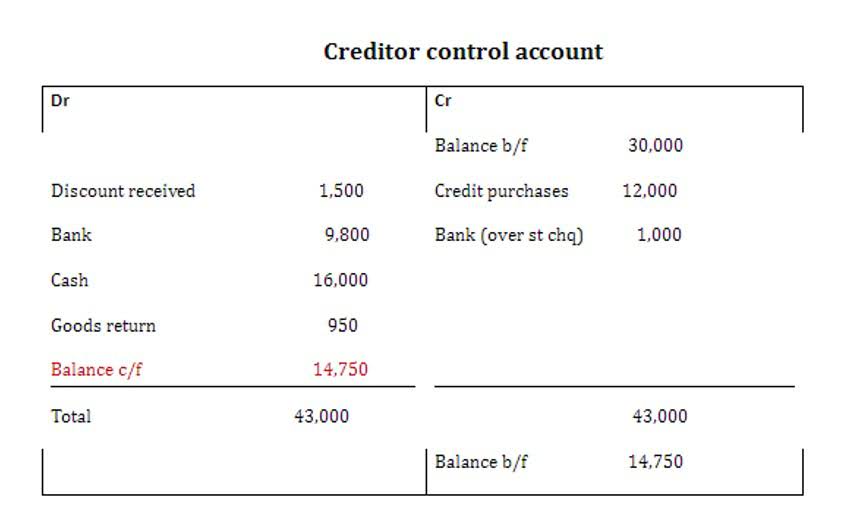
They serve as a roadmap, detailing the journey of a bond from its issuance until maturity. For investors, understanding these schedules is crucial as they outline the pattern of interest and principal repayments over the life of the bond. This is especially pertinent in the context of municipal bonds with amortized premiums.

Premium on Bonds Payable with Straight-Line Amortization
- For the past 52 years, Harold Averkamp (CPA, MBA) hasworked as an accounting supervisor, manager, consultant, university instructor, and innovator in teaching accounting online.
- And, as noted earlier, it is often auditors’ preferred method to amortize the discount on bonds payable.
- Bond amortization refers to the process of spreading out the cost of a bond over its lifetime, typically through regular interest payments and the eventual repayment of the principal amount.
- Moreover, the tax advantages can significantly enhance the after-tax return on investment, which is a critical factor for tax-sensitive entities like pension funds and insurance companies.
- One of the main financial statements (along with the statement of comprehensive income, balance sheet, statement of cash flows, and statement of stockholders’ equity).
The discount is the difference between the amount received (excluding accrued contribution margin interest) and the bond’s face amount. The difference is known by the terms discount on bonds payable, bond discount, or discount. Notice that the effect of this journal is to post the interest calculated in the bond amortization schedule (14,880) to the interest expense account. From the perspective of an individual investor, premium amortization can enhance the after-tax return of a municipal bond. For instance, consider an investor who buys a muni bond for $10,500 with a face value of $10,000 and a coupon rate of 5%. The $500 premium paid can be amortized over the bond’s term, which could potentially reduce the investor’s taxable income by a certain amount each year, depending on the amortization schedule.

Posts from: Amortization Schedule Excel Template

The amortization schedule aids in assessing the risk and return characteristics of a bond. Bonds with longer maturities and higher amortization of principal are generally considered riskier. This is because the longer the time horizon, the greater the premium bond amortization table uncertainty surrounding interest rates and the potential for changes in market conditions.
- Each year, a portion of the premium will be reduced, and the interest expense will be adjusted accordingly.
- Conversely, bonds with lower coupon rates often sell for less than par, making them discount bonds.
- The Effective Interest Rate method compares a bond’s Face Value Stated Interest to the bond’s Book Value Effective Interest.
- You might think of a bond as an IOU issued by a corporation and purchased by an investor for cash.
- Understanding and accurately applying discount bond amortization is important for financial reporting and compliance with standards like ASC 842 and GASB 87.
Can the bond amortization calculator be used for bonds with irregular payments?
The systematic allocation of an intangible asset to expense over a certain period of time. A balance on the right side (credit side) of an account in the general ledger. Convertible bonds allow the bondholder to exchange the bond for a specified number of shares of common stock. An example of a secured bond would be a mortgage bond that has a lien on real estate. We will use present value tables with factors rounded to three decimal places and will round some dollar amounts to the nearest dollar. After you understand the present value concepts and calculations, use computer software or a financial calculator to compute more precise present value amounts.

You can turn the bond amortization schedule calculator into depreciation calculator. However, you may define the formula by your own especially straight line method. Using the straight-line method, bond amortization results in real estate cash flow bond discount amortization values that are equal throughout the term of the bond. Using an amortization schedule, the bond’s principal is divided up and paid off incrementally, usually in monthly installments. For instance, if the bond matures after 30 years, then the bond’s face value, plus interest, is paid off in monthly payments. Typically, the calculations are done in such a way that each amortized bond payment is the same amount.
- Since investors will be receiving $500 less every six months than the market is requiring, the investors will not pay the full $100,000 of a bond’s face value.
- Notice that under both methods of amortization, the book value at the time the bonds were issued ($104,100) moves toward the bond’s maturity value of $100,000.
- Conversely, if the coupon rate is lower than the market interest rates, the bond is trading at a discount, leading to higher amortization of principal as the bondholder receives lower interest payments.
- Likewise, a 9% bond will become more valuable if market interest rates decrease to 8%.
- If the issuer lets the buyer purchase the bond for less than face value, the issuer can document the bond discount like an asset for the entirety of the bond’s life.
Benefits of Effective Interest Rates
The difference in the two interest amounts is used to amortize the discount, but now the amortization of discount amount is added to the carrying value. On December 31, year 1, the company will have to pay the bondholders $5,000 (0.05 × $100,000). The cash interest payment is the amount of interest the company must pay the bondholder. The company promised 5% when the market rate was 4% so it received more money. But the company is only paying interest on $100,000—not on the full amount received. The difference in the sale price was a result of the difference in the interest rates so both rates are used to compute the true interest expense.
What Is the Difference Between the Effective Interest Rate and the Stated Interest Rate?
Despite the decreasing book value of the bond due to amortization, the investor still benefits from the higher coupon payments and tax savings. When investors purchase municipal bonds at a premium, that is, for a price above their face value, they are essentially paying extra for the benefit of receiving tax-exempt interest payments. Over time, this premium can be amortized, which has significant tax implications. Amortizing bond premium refers to the gradual reduction of the bond premium over the life of the bond. The IRS allows investors to deduct this amortized premium annually on their tax returns, which can reduce the amount of taxable interest income they report.